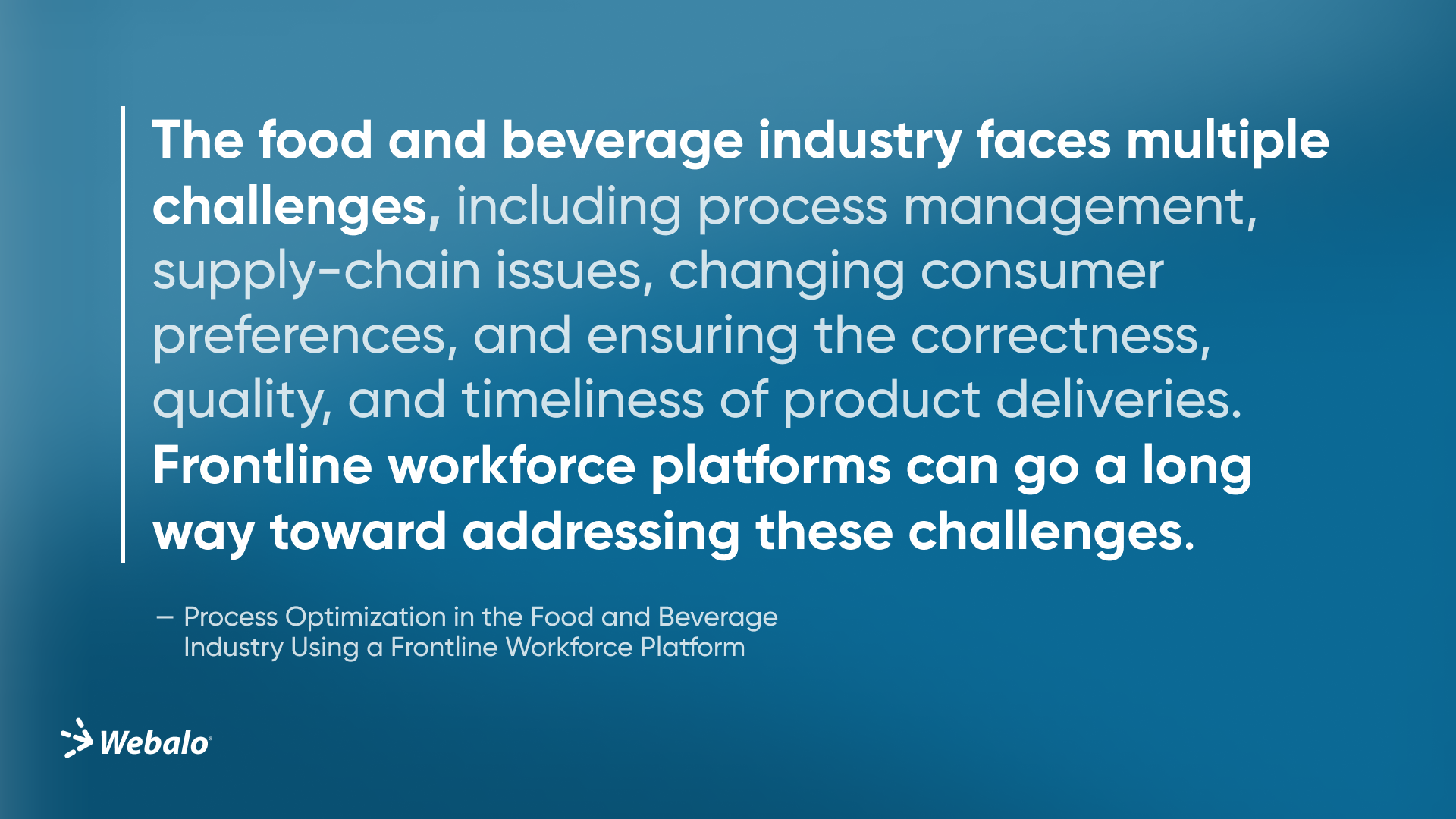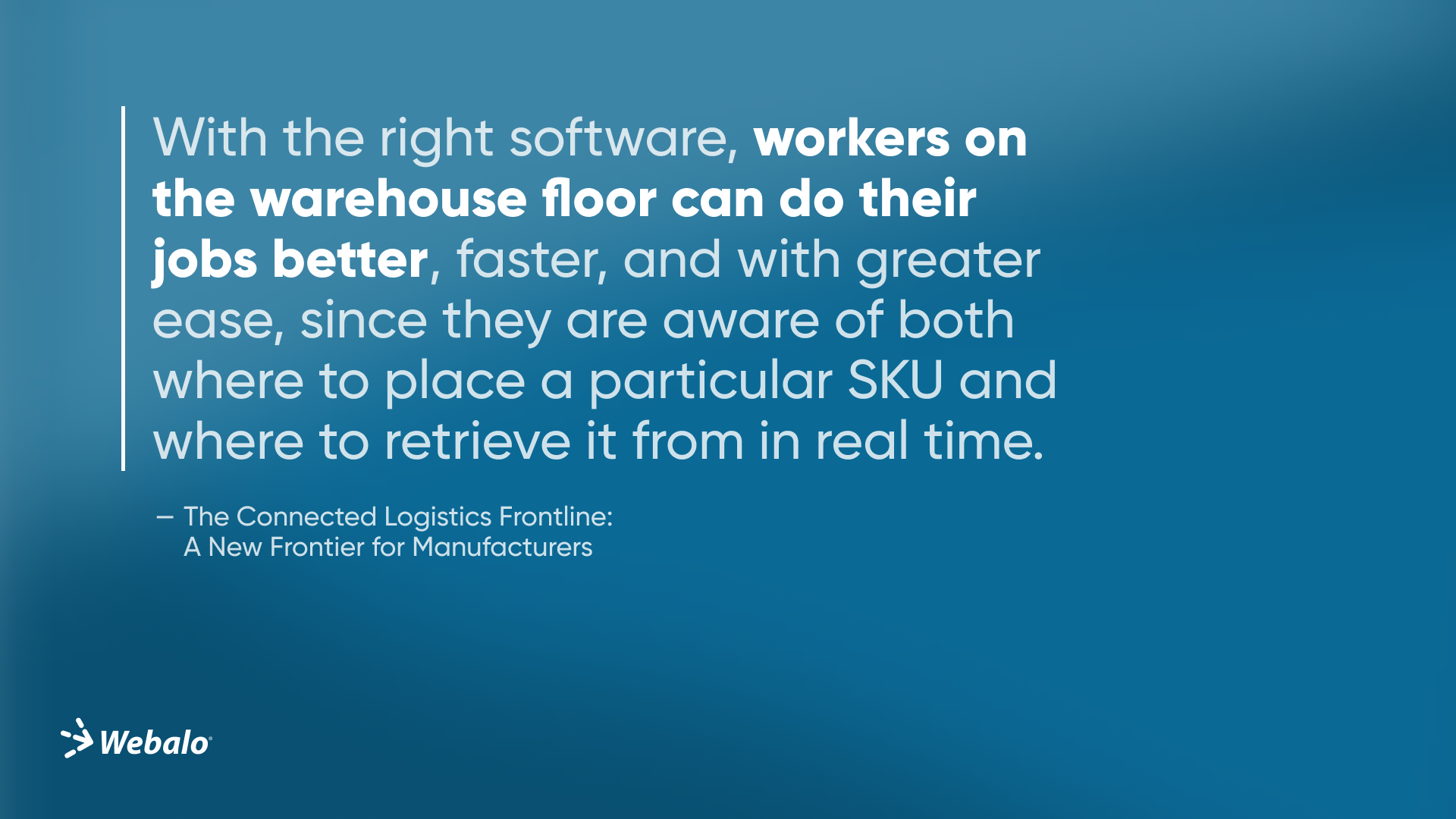Understanding the challenges of connecting outbound and inbound logistics activities while connecting the frontline with the rest of the enterprise and making the most of digitization tools: Part 1
As with most organizational projects, digitization has clearly defined priorities. Manufacturers tend to focus their digitization efforts on the production process and only move toward other functional areas after they have been able to establish a clear digital baseline for their operations. For functional areas beyond the shop floor like sales, marketing, customer service, supply chain, purchase, finance, and administration, there are software applications to partially, if not fully, control activities. However, even in highly digital value chains, logistical functions are either overlooked or kept at the end of the line for digitization.


